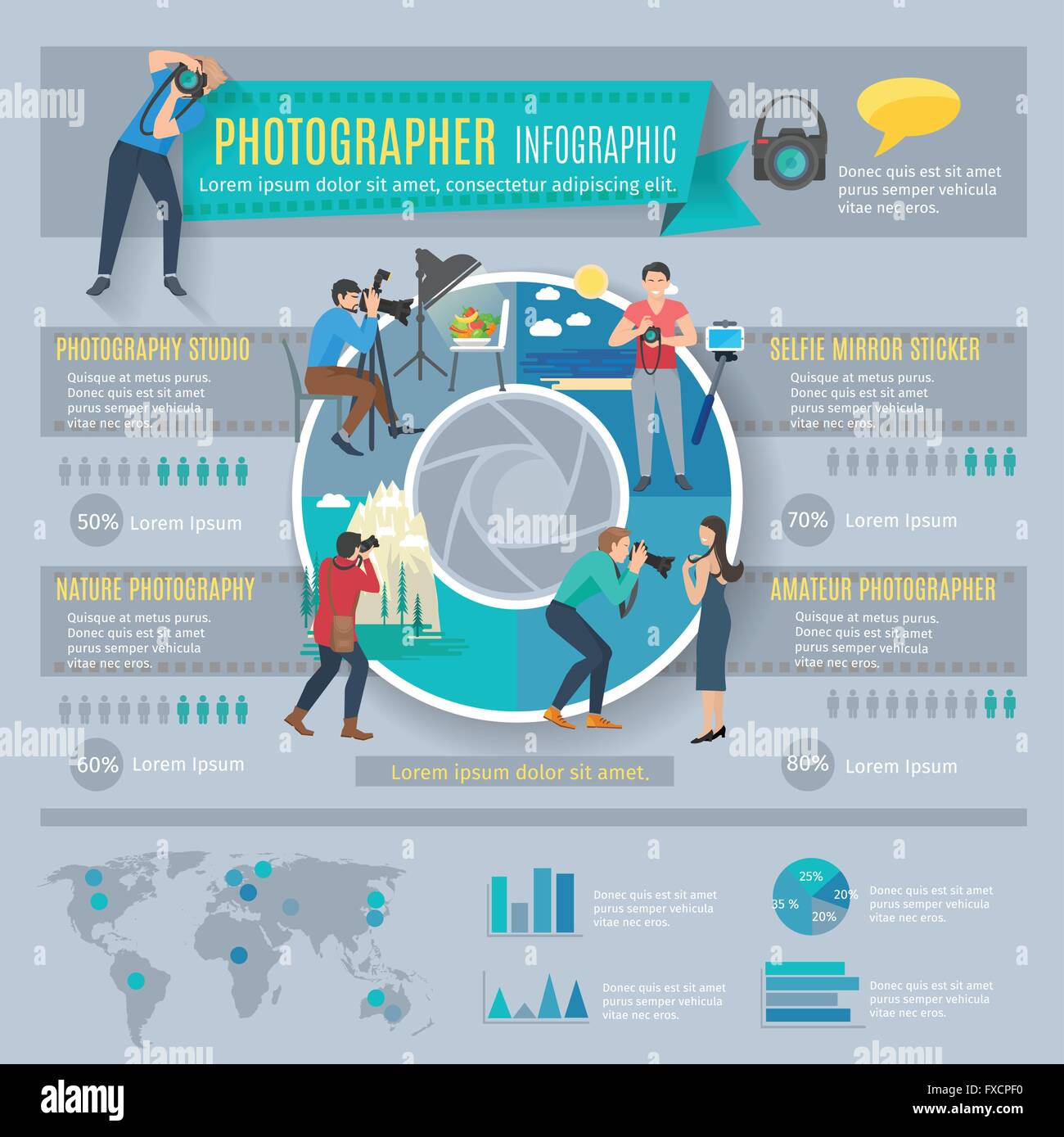Digital Photography Tips For Beginners: Mastering Your Electronic Camera In No Time At All
Digital Photography Tips For Beginners: Mastering Your Electronic Camera In No Time At All
Blog Article
Personnel Author-Barrett Kaas
When you initially grab your camera, it can feel frustrating with all the settings and choices readily available. You may find yourself asking yourself exactly how to navigate aperture, shutter rate, and ISO effectively. Understanding these fundamentals is important, yet there's even more to digital photography than just technical knowledge. Recognizing composition methods and lighting conditions can elevate your images significantly. So, what if you could find out easy techniques to improve your abilities and start catching impressive photos earlier than you think? Allow's explore just how to transform your photography trip.
Recognizing Camera Setups
Recognizing your video camera setups is essential for capturing spectacular images. When you get your camera, acquaint on your own with the three primary settings: aperture, shutter speed, and ISO. Each plays an essential duty in just how your photos end up.
Beginning with aperture, which manages the quantity of light going into the lens. A wider aperture (reduced f-number) lets in more light and produces a beautiful history blur, excellent for portraits. On the other hand, a narrower aperture (higher f-number) keeps even more of the scene in focus, suitable for landscapes.
Next off, focus on shutter speed. This setting establishes the length of time your video camera's sensor is revealed to light. A rapid shutter speed ices up motion, which is great for activity shots, while a slow-moving shutter rate can create sensational impacts like smooth water in landscapes.
Lastly, adjust your ISO. This setting influences your electronic camera's level of sensitivity to light. A higher ISO works in low-light situations but can present sound or grain. Aim for the most affordable ISO possible while still accomplishing proper exposure.
Structure Strategies
When you're out capturing, structure can make all the difference in exactly how your images resonate with customers. Begin by utilizing the regulation of thirds; envision your frame divided into 9 equivalent sections with 2 horizontal and 2 upright lines. Placement key elements along these lines or at their intersections to produce balance and interest.
Next, take into https://postheaven.net/neil363lise/how-to-select-the-right-cam-for-your-digital-photography-requirements leading lines. These all-natural lines in your scene, like roadways or rivers, attract the viewer's eye into the photograph, assisting them via the story you're informing.
Don't forget framing; use aspects within your scene, like trees or windows, to produce a structure around your subject, including depth and focus.
Likewise, watch on your background. A cluttered history can sidetrack from your main topic, while a straightforward one assists it stand apart.
Finally, experiment with symmetry and patterns; they can create a striking photo that catches focus.
Mastering Lights Issues
Grasping lights problems is important for catching spectacular pictures, as the right light can change a regular scene into something amazing.
Beginning by observing natural light at various times of the day. Executive headshots and late afternoons offer the best light, called the golden hour. The soft, cozy tones during these times can improve your pictures wonderfully.
Don't shy away from cloudy days either; diffused light can reduce severe shadows and develop a pleasing effect, especially for pictures.
Experiment with backlighting by placing your subject against the light. This method can create a wonderful halo effect and include depth to your photos.
Focus on your video camera settings too. Adjust the ISO, aperture, and shutter speed to fit the lighting conditions. A greater ISO can help in low light, however be cautious of grain.
Use a tripod in darker environments to stay clear of blur.
Finally, do not neglect man-made lights. Flash and constant lights can be wonderful tools for managing light in challenging conditions.
Final thought
To conclude, understanding your electronic camera does not need to be frustrating. By comprehending your setups, applying make-up methods, and utilizing the power of natural light, you'll promptly raise your digital photography skills. Keep in mind, practice makes best, so get out there and explore your newfound knowledge. With time and commitment, you'll be catching sensational pictures that show your unique point of view. Appreciate the trip, and don't forget to have fun while you're at it!
